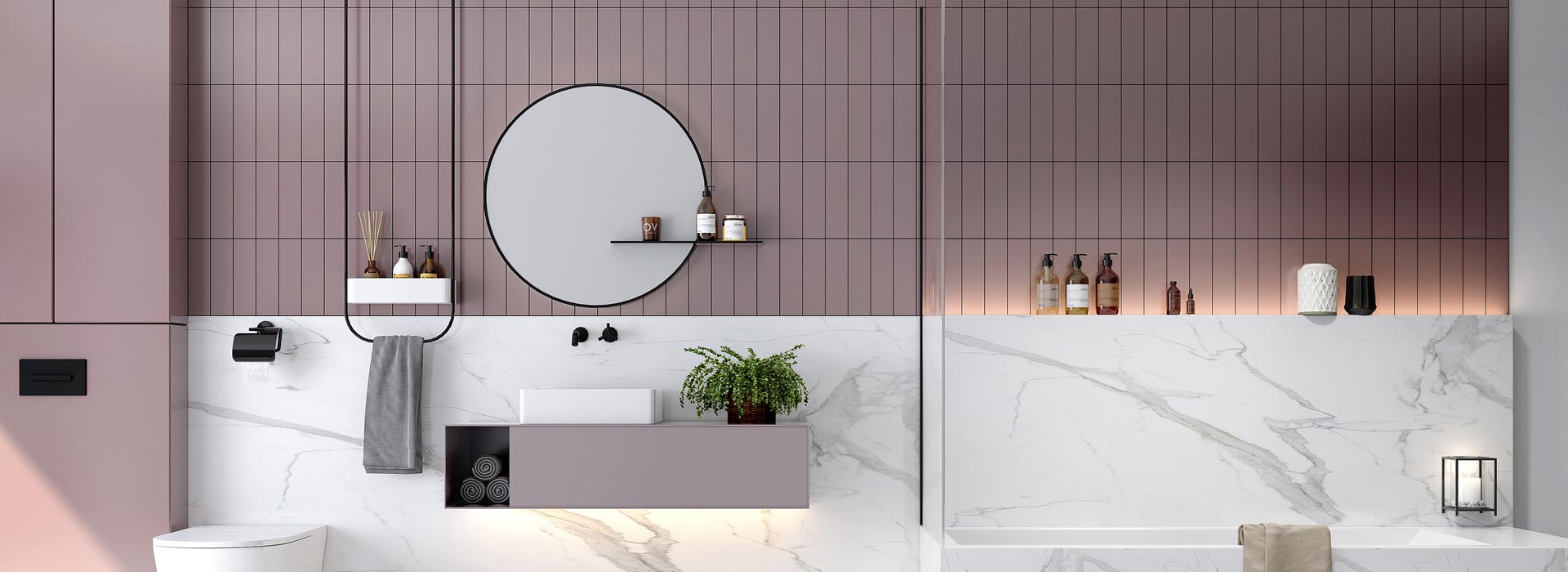
- English
- Español
- Português
- русский
- Français
- 日本語
- Deutsch
- tiếng Việt
- Italiano
- Nederlands
- ภาษาไทย
- Polski
- 한국어
- Svenska
- magyar
- Malay
- বাংলা ভাষার
- Dansk
- Suomi
- हिन्दी
- Pilipino
- Türkçe
- Gaeilge
- العربية
- Indonesia
- Norsk
- تمل
- český
- ελληνικά
- український
- Javanese
- فارسی
- தமிழ்
- తెలుగు
- नेपाली
- Burmese
- български
- ລາວ
- Latine
- Қазақша
- Euskal
- Azərbaycan
- Slovenský jazyk
- Македонски
- Lietuvos
- Eesti Keel
- Română
- Slovenski
- मराठी
- Srpski језик
What are some common mistakes when installing grab bars?
2024-10-10
1. Installing grab bars in the wrong location
One of the most common mistakes when installing grab bars is choosing the wrong location. A Grab Bar should be installed in an area that is easily accessible, within reach, and where it can support the user's weight. But, many people fail to consider the user's needs or abilities and install the bar in the wrong location. For example, installing a grab bar too high or too low can make it difficult for the user to access it. To avoid this mistake, it is important to consult with a professional or an occupational therapist who can evaluate the user's needs and recommend the best location for the grab bar.2. Using the wrong type of grab bar
Another common mistake is choosing the wrong type of grab bar. Grab bars are available in different shapes, sizes, and materials, and each type is designed to serve a specific purpose. For instance, a horizontal grab bar is best for people who need to use both hands to lift themselves up, while a vertical bar is ideal for people who need to stabilize one hand while using the other. Installing the wrong type of grab bar can increase the risk of accidents and injuries. It is crucial to choose the right type of grab bar for your needs.3. Not installing grab bars securely
Improper installation is a common mistake that can compromise the safety of the user. A grab bar must be installed securely and anchored to a solid surface. Many people fail to use the appropriate screws or anchors, or they simply screw the grab bar onto drywall or tile, which is not strong enough to support the user's weight. This mistake can lead to the grab bar pulling away from the wall, resulting in a fall or injury. To avoid this mistake, it is essential to use the right hardware and follow the manufacturer's instructions for proper installation.4. Not maintaining the grab bars
Grab bars require regular maintenance to ensure their safety and efficacy. Over time, grab bars can become loose or corroded, and the screws or anchors can become worn or broken. Not checking the grab bars regularly can increase the risk of accidents and injuries. It is important to inspect the grab bars regularly and tighten any loose screws or anchors, replace any worn or broken hardware, and clean the grab bars regularly to prevent corrosion. In conclusion, installing grab bars can be a great way to improve safety and independence in the bathroom. However, it is crucial to avoid common mistakes such as installing grab bars in the wrong location, using the wrong type of grab bar, not installing them securely, and neglecting regular maintenance. Dongguan Aishangjia Household Products Limited is a leading manufacturer of bathroom safety products, including grab bars. Our products are made of high-quality materials and designed to meet the highest safety standards. We are committed to providing the best products and services to our customers. For more information about our products, please visit our website at https://www.asjbesthouseholds.com. Contact us at asjsales@szhfd.com for any inquiries or orders.References
1. Trombly, C. A., & Radomski, M. V. (2016). Occupational Therapy for Physical Dysfunction. Lippincott Williams & Wilkins
2. Smith, R. O. (2017). In: Independent Living for Physically Disabled People. Routledge.
3. Stark, S. L., Somerville, E. K., & Morris, J. C. (2016). In: Improving the Safety and Quality of Care in the ICU. Oxford University Press.
4. Winters, J. M., & Story, M. F. (2018). In: Healthcare Systems Ergonomics and Patient Safety: An Applied Approach. CRC Press.
5. Kielhofner, G. (2017). In: Conceptual Foundations of Occupational Therapy. FA Davis.
6. Campbell, F. G., & Suddarth, D. B. (2019). In: Creating Environments for Learning. Westview Press.
7. Clark, F., & Leland, N. (2016). In: Occupational Science: Society, Inclusion, Participation. John Wiley & Sons.
8. Atchison, B. J. (2019). In: Gerontology for the Health Care Professional. Jones & Bartlett Learning.
9. Creighton, G. W. (2019). In: Handbook of Human Factors in Medical Device Design. Elsevier.
10. American National Standards Institute. (2015). ANSI Z124.5 – 2015 American National Standard for Plastic Bathtub and Shower Units.



